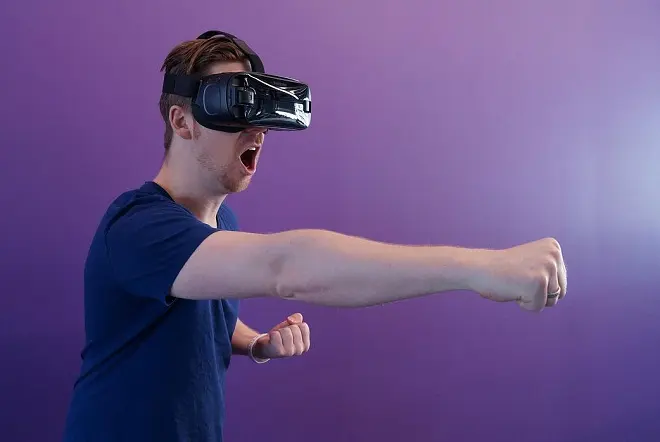
What is Augmented Reality?
Augmented reality is a concept that describes the technique of superimposing digital information on what is observed in the real world, of course, through the use of appropriate viewers, usually installed on computers and smartphones.
With augmented reality, each virtual object superimposed in real time on an image of the physical world improves the user’s perception of the surrounding environment and in a certain way complements it, turning this technology into a resource to improve productivity and performance in various facets.
What are the uses of Augmented Reality?
Augmented Reality has become a support tool for various activities of human endeavor, not only in the professional field but also in the domestic one. It is used in the field of engineering, education, medicine and tourism, among other activities. And why not say it, in the field of entertainment.
In addition, its audiovisual nature allows easy implementation on devices equipped with a video camera and screen. For this reason, it is not uncommon to find mobile applications and computer programs that activate Augmented Reality in their user interface.
Among these software developments are games such as Pokemon Go or Jurassic World Alive, and video creation applications such as TikTok, whose Augmented Reality effects are a trend within its user community.
Likewise, there are mobile applications for the sale of clothes or shoes that allow you to try on the garment virtually, applications for interior decoration that allow you to see how the rooms of the house look with different types of furniture without having to buy them, and applications that allow you to obtain more information on artistic works exhibited in museums.
And for all this, simply focus the camera on the scene with which you want to interact.
What is Virtual Reality?
If with Augmented Reality the user experienced improvements in the perception of the real world around him, with Virtual Reality, the experience is completely different.
This technology produces three-dimensional worlds that only exist within a computer or smart device, at the same time that it allows the user to interact with its elements as if they were real objects and in a completely immersive way, either through helmets, glasses or other accessories.
Its field of application is quite similar to that of Augmented Reality. For example, in the field of engineering, Virtual Reality allows works to be inspected from the inside without having to invest in their construction.
In the field of medicine, it allows the design of virtual reality simulators for training purposes in various types of surgery, applying neurorehabilitation treatments, etc. It also has applications in the field of military training, flight simulation, and as a communication tool.
Virtual reality and video games
However, it is in the field of entertainment that his contribution is most appreciated, particularly in the video game industry. Virtual reality and the powerful graphic technologies on which it is based are the ideal scenario for the creation of totally immersive imaginary worlds, which can be experienced in the first person with the appropriate peripherals, something that motivates their consumption.
That is why the titles based on virtual reality are becoming more and more numerous, while the new generations of helmets and glasses for this activity have a higher degree of technological sophistication than those previously manufactured.
Popular VR games include titles like Hitman 3, The Walking Dead: Saints & Sinners, The Climb 2, Microsoft Flight Simulator, Ace Combat 7: Skies Unknown, Arizona Sunshine, Batman: Arkham VR, among many others.
Image by Eugene Capon from Pixabay